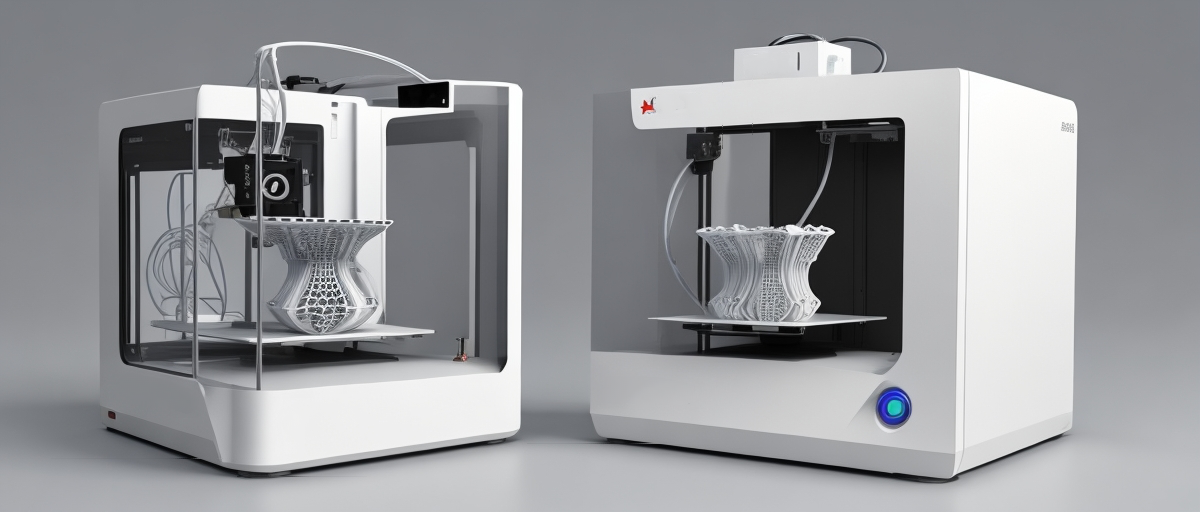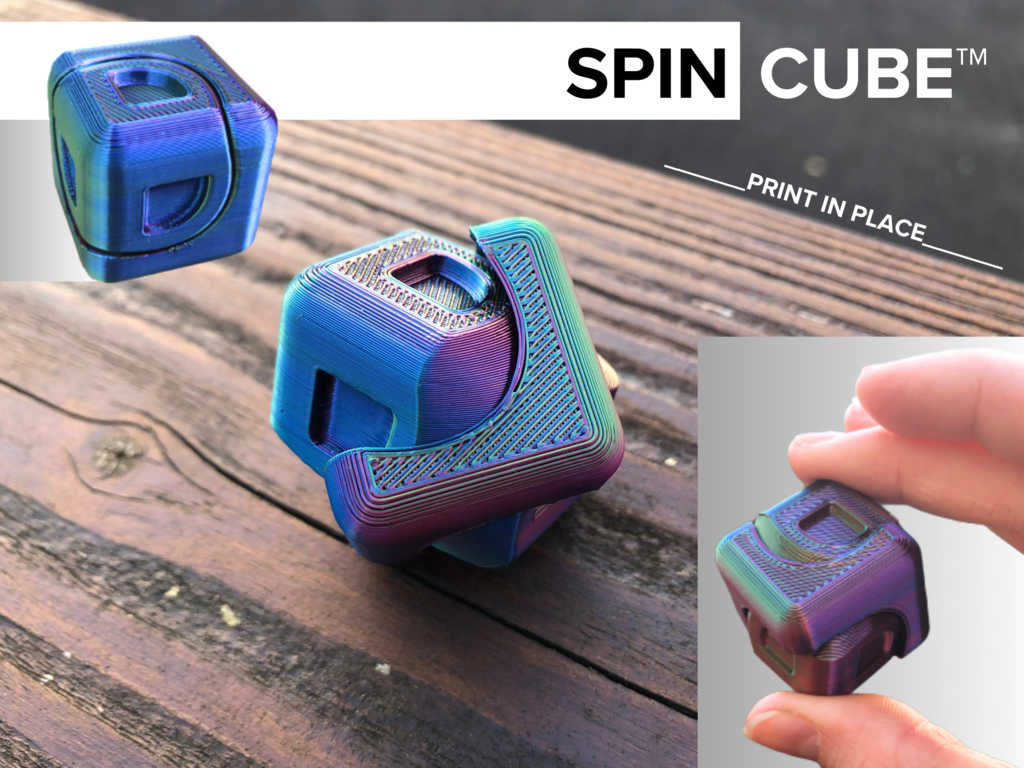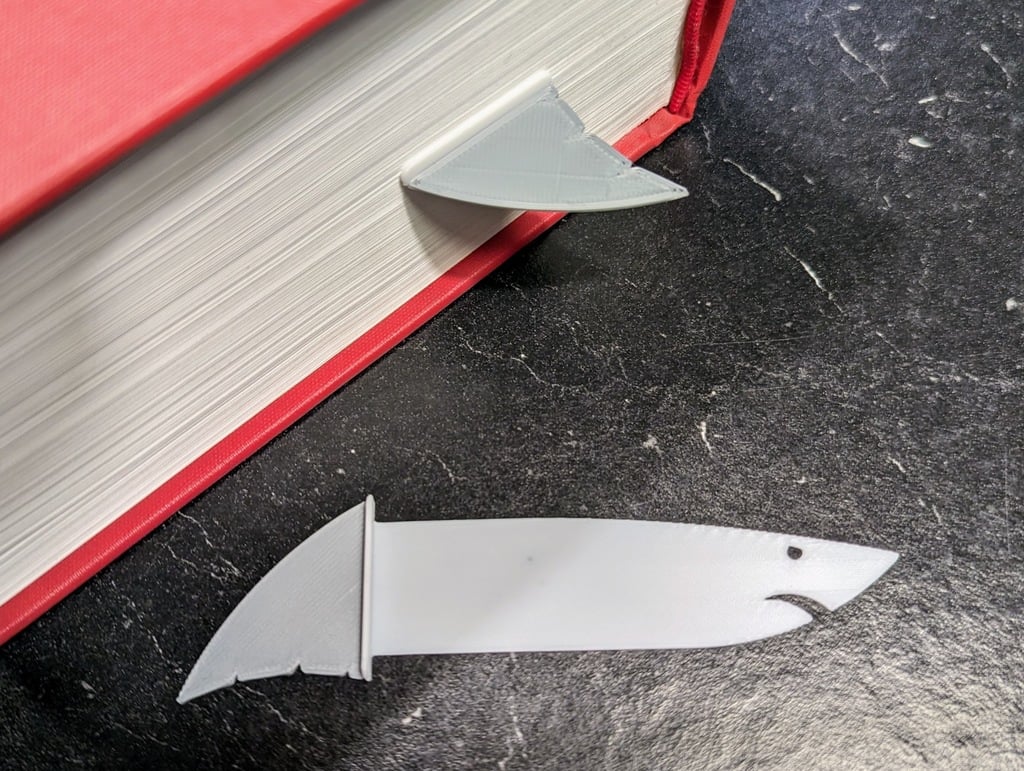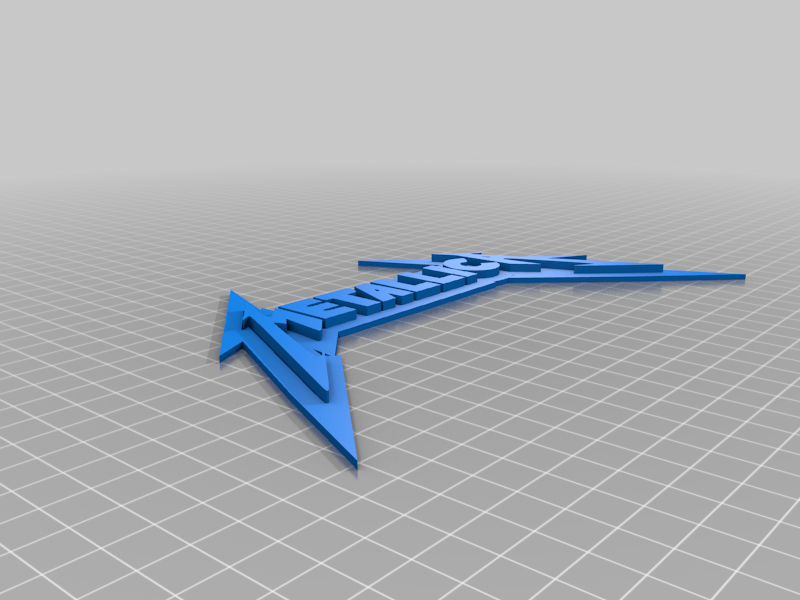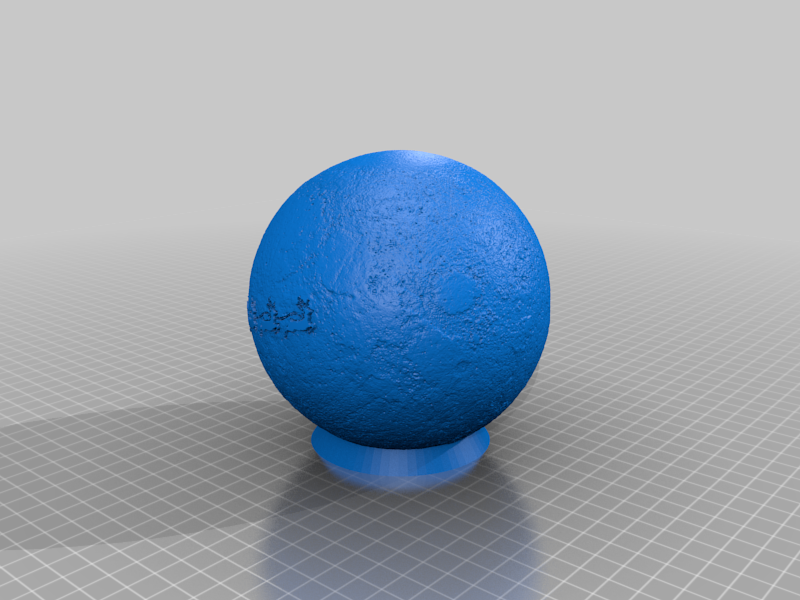In recent years, innovation has been unfolding at a rapid pace, radically transforming industries from healthcare to fashion. One of the most exciting and avant-garde sections in the fashion world has to be the rising trend of using 3D-printed wigs for everyday wear. Initially, this might sound like a futuristic fantasy, however, these technologically advanced…

How 3D Printed Wigs are Revolutionizing Film and Theater Productions
The world of film and theater has always been at the cutting edge of creativity, constantly seeking innovative ways to enhance storytelling and character portrayal. Among the myriad of technological advances that have significantly impacted this industry, 3D printing has emerged as a transformative tool. One of its fascinating applications is in the creation of…

The Technical Aspects of Creating 3D Printed Wigs
The world of 3D printing has expanded far beyond simple plastic models and prototypes. As the technology has advanced, it has found applications in various industries, including medicine, fashion, and even the creation of wigs. The concept of 3D printed wigs is fascinating, yet complex. It blends the precision of modern technology with the artistry…

How Design and Print Wings at Home: A Comprehensive Guide
3D printing has revolutionized the way we create and innovate, making it possible for individuals to bring complex designs to life right from the comfort of their homes. One fascinating project that 3D printing enthusiasts can undertake is designing and printing wings. Materials You Will Need Before diving into the design and printing process, it’s…
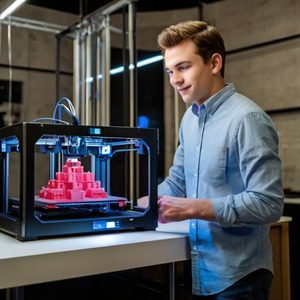
Next Generation of 3D Printers
The world of manufacturing has experienced a seismic shift over the past few decades. From the explosion of the internet to advancements in automation, numerous innovations have disrupted traditional processes. But as impressive as the first 3D printers were, the next generation of these machines promises to take us even further, revolutionizing manufacturing and potentially…

